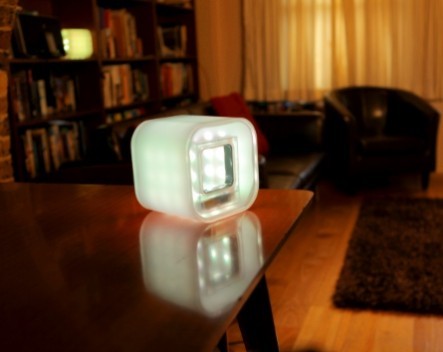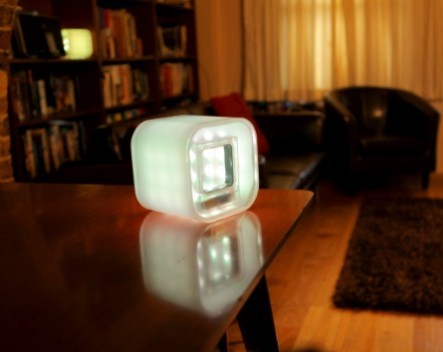Turning your great idea into a shipping product – StartupSmart

Hardware is hot. It feels as though nearly everyone in the startup community has a secret desire to be a maker, nursing a product that will ‘make a dent in the world’.
Although well-trodden, the path from great idea to great product contains more than its fair share of switchbacks, cul-de-sacs and dead ends. Goals that appear to be easily achievable get swamped by a morass of details. Schedules slip, mistakes get made, smooth processes jam up. Everyone who’s made the journey from idea to product agrees: hardware is hard.
Drawing on our experience bringing Holiday by MooresCloud to market, this series covers our whole journey, from concept to design, preparation for mass production, compliance testing, manufacturing, and what to do when things break down – because they will break down.
With luck, aspiring hardware entrepreneurs can avoid some of our mistakes.
Part One: Concept to design
Begin with a good idea, then prototype.
MooresCloud grew with a from straightforward (if geeky) idea: An inexpensive Linux-based computer driving a string of LEDs, connected via WiFi to the Internet.
The first prototype – soldered together across a weekend in August 2012 – looked a lot like a pipe bomb. But it worked well enough to pique the interest of two key talents and soon-to-be co-founders of MooresCloud: hardware genius Kean Maizels, and industrial designer Robert Tiller.
Tiller Design – Robert’s firm – presented us with concept drawings for what this ‘Light’ might look like. Kean considered the suitability of the proposals from an electronics perspective, while I weighed the sizzle and usability of their designs.
Light by MooresCloud had a clear, sensible design, which obscured a large problem.
Always design from a use case. Ask yourself ‘Why?’
We’re creatures of habit. Experience informs our expectations. When you name your product ‘Light’ – and it looks like an arty lamp – quite naturally people expect it turns on and off. Full stop.
When we explained how Light was very different from any other lamp, that a smartphone could be used to adjust its colour and pattern, or that Light could tie into Facebook or Twitter, we lost them. Light lay too far outside their expectations.
If you need to explain your product design, you’ve made a serious mistake.
MooresCloud raised over a quarter million dollars on Kickstarter, but despite that kind of success, we could never articulate what made Light so fantastic to someone who wasn’t already a deep geek. Our design failed to reveal Light’s potential.
Had we researched several different form factors, we could have saved ourselves months of frustration. As soon as we redesigned Light, ‘unwrapping’ it into the string of lights we named ‘Holiday’, people responded.
We have seen fairy lights all of our lives. We have a deep emotional relationship to them. Holiday brought to life the qualities people already projected onto fairy lights, leveraging an existing expectation.
We created a new product out of a widely-held belief. Now to take that design – still on paper – and bring it to life.
Design experiences – not products.
To be successful, Holiday needed to delight a wide range of users, from the technologically sophisticated to the absolute technophobe. We wanted customers to have a lovely experience without ever reaching for a smartphone. This meant Holiday needed ‘off’ switch. (You’d be astounded at the number of connected products which lack a physical off switch.)
Our design resolved into a small ‘controller’ with three buttons – ‘mode’, ‘up’ and ‘down’ – and a seven-metre string of fifty oval, opalescent light globes.
Once we had a basic design in place, we tweaked it to fit the use case, adding a metre of string before the first globe, because Holiday is frequently strung up the centre of a Christmas tree, and shaping the controller so it can be operated with one hand – even strung as an bauble. The buttons give a reassuring audible click. A few small changes to the physical design of Holiday made it much more fun to use.
A great designer like Robert Tiller can make a product beautiful, but MooresCloud learned that design is always the handmaiden to utility. Every great product has a great experience within it. Let the design amplify that experience.
Next week: moving from design to manufacture.
Mark Pesce is a co-founder of MooresCloud. His website is at www.markpesce.com.
Images copyright Mark Pesce.

